Text
Loved it! Thank you! 💖💖💖
Why Everyone Should Have An Ancestor Altar

Having an ancestor altar is a way to connect with the spirit world. By setting an altar and making offerings of food, water, etc. you are showing your deceased ancestors that you have not forgotten them, this is called veneration.
Veneration of ancestors has many benefits:
✨ It allows you more protection.
✨ Gives you access to ancestral information making you wiser and more experienced with your ancestors skills.
✨Prepares you for spiritual work, including petitioning spirits (bloodline or not).
✨Ancestors can help pull strings for you and assist here on earth and in the spiritual world.
It’s simple to set up an ancestral altar, you need:
💜A table
💜Pictures or items of deceased relatives (optional: a book of names of ancestors)
💜Glass of water (water element)
💜Candles (fire element)
💜Incense (air element)
💜Crystals/rocks (earth element)
You will also want to make offerings to your ancestors, if you get an urge to add something extra it’s probably an ancestor urging you to do so!
Offer:
🌸Water, refresh everyday
🌸 Food, you should do this daily, offer fruits, meats, what you’re eating and any known favorites of theirs.
🌸 Liquor/Cigarrettes- if you know of an ancestor who liked these things, be careful if you know these things were a problem for them.
🌸Flowers or Live plants, to represent life and your family tree.
🌸Ancestor Money, burning this “play money” is believed to help your ancestors resolve karmic debts.
Ok so you set up your ancestral altar, what’s next?
❗️Light candles
❗️Give offerings and make it known they are for deceased relatives known and unknown.
❗️Burn ancestor money.
❗️Give thanks ❤️
I hope this helps anyone who wants to honor their ancestors ❤️
Remember these are people who love and care for you show them that you love and care for them too!
-Magically Bree
4K notes
·
View notes
Text
Vraiment...
“Je suis quelqu’un qui a peur, peur d’être délaissée, peur de l’avenir, peur d’aimer, peur de la violence, du nombre, peur de l’inconnu, de la faim, de la misère, de la vérité.”
— Marguerite Duras, Détruire dit-elle
698 notes
·
View notes
Photo
Exactly!
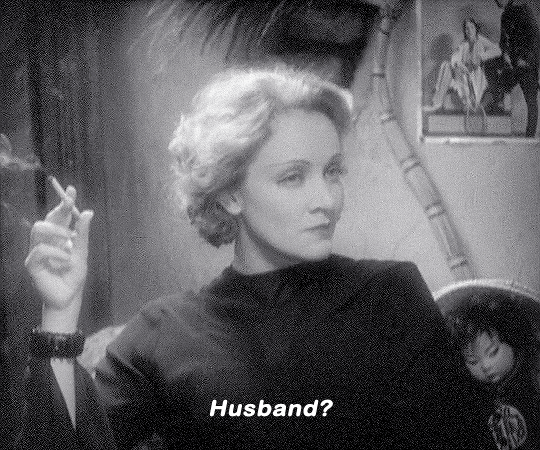
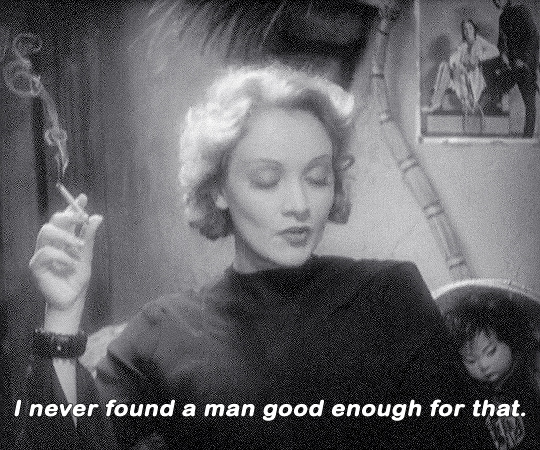
MOROCCO (1930) dir. Josef von Sternberg
17K notes
·
View notes
Text

O melhor dia para ser criança é o de Cosme e Damião. Ir atrás de saquinho de bala até nos locais mais complicados de chegar. Subir, descer ladeira. Se trepar em muro para conseguir vaga e visibilidade.
Desafiar os adversários com o olhar na hora do bamburim e catar ajuda de com voadoras, tapas e pernadas os doces pelo chão. Cada um é uma vitória pessoal. Por mais vagabundo que seja. Sujar as pernas, sujar a roupa, sujar a cara.
Comer açúcar até passar mal.
É o dia da infância pura, autêntica, guerreira, sem frescura, sem amarras.
Hoje me volta o pequeno Miguel. O de calção e camiseta, das canelas empoeiradas, do vai e volta em casa para guardar o precioso fruto da busca: os saquinhos de Cosme e Damião.
Volta com mais força na memória.
Ainda me orgulho do pirraia que vive em mim. Das tabacudices, das imaturidades. Meus bonequinhos de super-heróis.
Minha louvação, meu amor e agradecimento a Ibeji, orixás gêmeos, pequenos, marotos, energéticos. Curumins, erês.
A dualidade de crescer e guardar seu menino em si. O ingênuo. O travesso. O puro. Tudo o que nasce, tudo o que principia, que germina. O novo. O que é doce.
Ai de quem esqueceu seu pirraia em algum lugar lá por trás. Beijiró.
15 notes
·
View notes
Photo
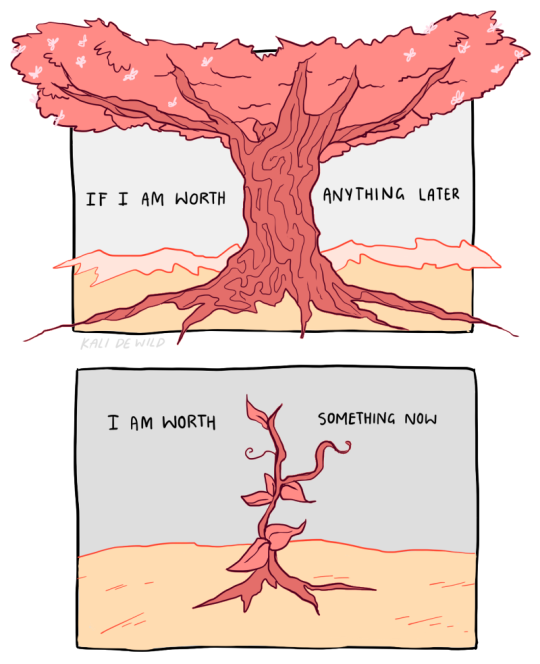
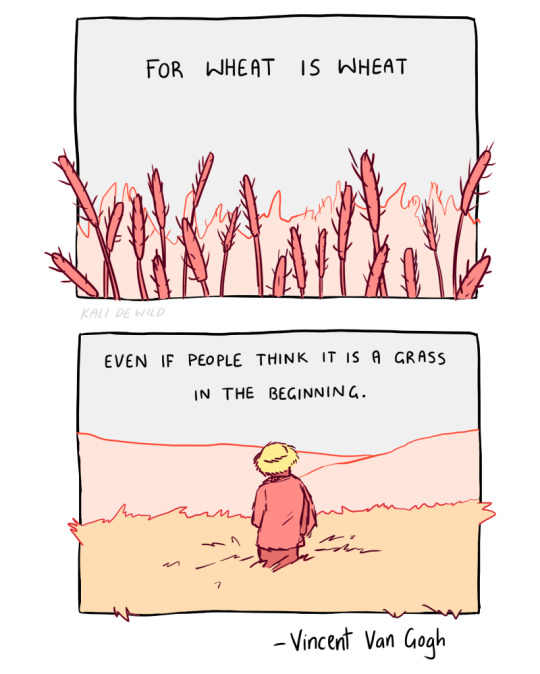
Trying to find something to motivate myself and I found this little line from Van Gogh
1M notes
·
View notes
Photo

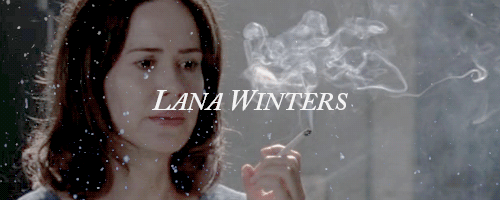






Sarah Paulson’s characters on American Horror Story
462 notes
·
View notes
Photo

Memorial Figure (Ere ibeji), late 1800s-early 1900s, Cleveland Museum of Art: African Art
Such a figure is carved when a twin dies in infancy and serves as a memorial to the surviving sibling. These twin figures are always carved to look like adult individuals with idealized physical features. Various body adornments suggest the care parents devote to their children, while the erosion of facial features indicates the symbolic washing and feeding of the figure as a means to connect the soul of the deceased to that of the living twin.
Size: Overall: 25.6 x 18.8 x 5.8 cm (10 1/16 x 7 3/8 x 2 5/16 in.)
Medium: Wood, metal, beads, cowries, fiber, blue pigment
https://clevelandart.org/art/2016.9
60 notes
·
View notes
Photo
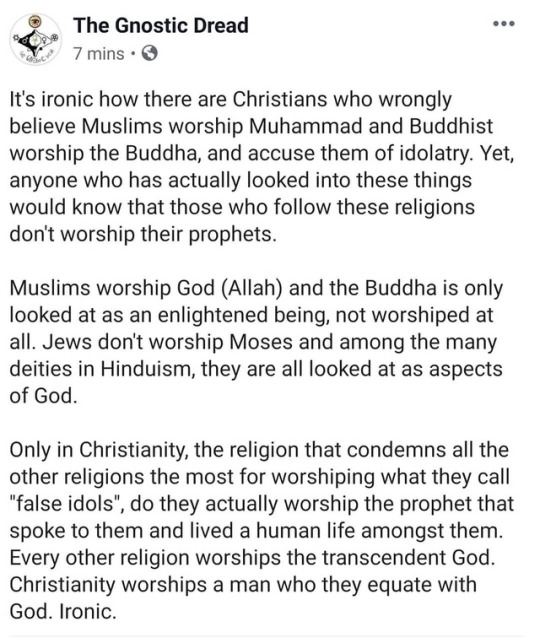
Food for thought.
https://thegnosticdread.com/
#gnosticism #hermeticism #spirituality #knowledgeofself #thegnosticdread #alchemy #astrology #theurgy #magick #divination #tarot #tantra #yoga #yoruba #orishas #ifa #santeria #candomblé #voodoo #hoodoo #brujeria #brujo #brujasofinstagram #witchesofinstagram #peace #love #balance #harmony #christian #irony
https://www.instagram.com/p/BxTDtvAHsAa/?utm_source=ig_tumblr_share&igshid=zp0wuywnakcf
6 notes
·
View notes
Photo

Standard with two long-horned bulls, Metropolitan Museum of Art: Ancient Near Eastern Art
Purchase, Joseph Pulitzer Bequest, 1955 Metropolitan Museum of Art, New York, NY
Medium: Copper alloy
271 notes
·
View notes
Text
Ostara (The Wheel of the Year Series Part 1)
Ostara (The Wheel of the Year Series Part 1)
Introduction: The Wheel of the Year
What is known as The Wheel of the Year is a modern depiction of Nature’s yearly energetic cycle, divided into eight holidays or sabbats that are observed by Wiccans and many other Neopagans. Those eight sabbats are called Ostara, Beltane, Litha, Lammas, Mabon, Samhain, Yule, and Imbolc. Four of them, Ostara, Litha, Mabon, and Yule fall on the start of the…
View On WordPress
6 notes
·
View notes
Video
youtube
On this day in music history: February 16, 1985 - “Careless Whisper” by Wham! Featuring George Michael hits #1 on the Billboard Hot 100 for 3 weeks, topping the Adult Contemporary chart for 5 weeks on February 9, 1985, and peaking at #8 on the R&B singles chart on March 16, 1985. Written by George Michael and Andrew Ridgeley, it is the second consecutive US chart topper for the British pop music duo from Bushey, Hertsfordshire, UK. The initial idea for the song comes to George Michael while riding the bus to his job as a movie theater usher, with the signature saxophone riff coming to him first. Michael writes the lyrics, about a man feeling guilty about an affair he’s having with another woman, basing it on his own guilt over two timing his first girlfriend. Cutting a demo version with Ridgeley on a rented four track Tascam Portastudio, “Careless Whisper” is instrumental in Wham! being signed to CBS UK label Innervision Records in 1982. Two versions of the song are recorded, the first with veteran R&B producer Jerry Wexler, in Muscle Shoals, AL. When he is not satisfied with the results, he re-records it. The second version is recorded in Studio Two at Sarm West Studios in Notting Hill, North London. It features members of the duo’s band including Deon Estus (bass), Hugh Burns (guitars), Chris Parren (keyboards), Trevor Morrell (drums), Danny Cummings (percussion), and Steve Gregory (saxophone). The music video is shot on location in Miami, FL and is directed by Duncan Gibbins. The clip runs over budget, when filming has to be halted temporarily. The Florida heat and humidity causes the singer’s hair to frizz, leading to film footage being scrapped. George’s sister Melanie is flown out to the location from the UK, to cut and style her brother’s hair. The video’s famous parting shot is filmed on the balcony of the Grove Towers condominium in Coconut Grove. The rest of the video shoot is completed at the Lyceum Theater in London with director Andy Morahan. Initially released as a solo single by George Michael in the UK (and other territories) on July 24, 1984, “Careless Whisper” reaches number one there on August 18, 1984 spending three weeks at the top. It tops the chart in twenty five countries, selling over six million copies worldwide, and becomes the first million selling single for the UK division of Epic Records. Also included on Wham’s second album “Make It Big”, “Whisper” is released in the US in late November 1984, right on the heels of “Wake Me Up Before You Go Go”, becoming an immediate smash. Entering the Hot 100 at #37 on December 22, 1984, it climbs to the top of the chart eight weeks later. The single also becomes a major airplay favorite on R&B radio stations in the US, establishing a fan base with that audience that is instrumental in the major R&B crossover success George Michael has with “Faith” in 1987. “Careless Whisper” is certified Platinum in the US by the RIAA.
202 notes
·
View notes
Photo

Saint Barbara, Medieval Art
Bequest of George Blumenthal, 1941 Metropolitan Museum of Art, New York, NY
Medium: Limewood with paint and gilding
http://www.metmuseum.org/art/collection/search/468045
230 notes
·
View notes
Photo
Excellent!

The Cultural Iceberg
Source: based on the model proposed by Edward T. Hall.
1K notes
·
View notes
Text
Too good... Lol!










Art By IG: @ketnipz
Instagram: @artwoonz
48K notes
·
View notes
Text
Agreed a 100 %. Thanks!
If you feel a strong pull to the Orisha, find a legitimate priest in the religion to guide you. This is a living religion and the very foundation of Orisha religion is respect. You have to humble yourself and ask for guidance. You have to earn your place by working hard within an active, legitimate community. There’s no way around that - there’s no ‘solitary’ practice.
But how to do that? Here’s my advice as an initiated Olorisha (priest) on the basic journey of entering Orisha religion.
Step One: Figure out which Orisha religion you want to be involved with
There are several strains of Orisha religion:
Santeria/Lukumi - the most well-known variant, this is the religion as it is practiced in Cuba and the United States. It comes in two forms: Ocha and Ifa. The former is led by Orisha priests, the latter is headed by Babalawos who are priests of Ifá.
Isese / Yoruba Traditional Religion - this is Orisha religion as practiced by modern Yoruba people in Yorubaland in Nigeria. As in Cuba, there are Orisha cults and Ifa diviners. Unlike Cuba, there are some female Babalawos called Iyanifas.
Candomble - the Brazilian manifestation of Orisha religion. The most well-respected traditional variants are led by lineages of powerful women Orisha priests, and Ifa is much less involved though that has recently been changing.
There are other Orisha religions, but the above three are the main ones. Doing some basic research on them will be helpful, but it’s worth thinking about how far you are willing to travel. Candomble is almost exclusively practiced in Brazil, so if it’s calling to you, you have to accept that you’ll be travelling there regularly. Isese is primarily practiced in Nigeria, so again you may have to travel. Santeria/Lukumi is practiced in Cuba, the United States, Mexico, and Venezuela. All of these religions do have small pockets of practitioners around the world, but for most, you will need to travel to countries that have bigger populations of Orisha priests in order to perform even basic initiation ceremonies. For example, I now live in the United Kingdom but travel to the United States to take part in ceremonies.
Step Two: Get a reading
These religions are run through divination. As a basic first step, finding a priest who can get you a reading (either by themselves or their elders, preferably in person) is probably the best way to get involved. The reading - with cowries (Olorisha), or palm nuts or opele (Babalawos or Iyanifas) - will clarify things going on in your life, what the Orisha advise you to do to change your situation, and should also give you a taste of what the religion is like. You may find that you don’t like it. Or you may find that it feels like what you’ve been looking for all along - that’s how I felt. You might find that the priest who gives you the reading or who took you to their elders is the person you want to be your Godparent.
Step Three: Take part in the community
Attending ceremonies or bembes (drumming ceremonies) is important. As one priest said recently, this is a religion where you have to earn to learn. You have to take part in the work of the religion to truly understand it. Attending even one should make it pretty clear whether or not you actually like it. It’s a lot of work! But very worth it. Ask a priest respectfully if you can attend their next ceremony.
Step Four: Join a house
If you haven’t by this point joined a house, now would be the time. Orisha religions are communal - that’s one of the most beautiful parts of them. In Lukumi, this is done by formally asking the priest and their Orisha through a small ceremony. You bring a plate, candles, coconuts, and a derecho to their Orisha, and they throw Obi (coconut pieces) to see if the Orisha accepts you within the ilé. If they don’t, you have to find a different house that is better suited to you. And if they do accept you, then you’re finally part of the religion!
Some people may do these steps in a different order - they might follow a friend to a bembé before they even know what the religion is. They might get readings for years before they finally attend a ceremony. There are many ways, but these are the basic steps most people go through at some point.
483 notes
·
View notes

